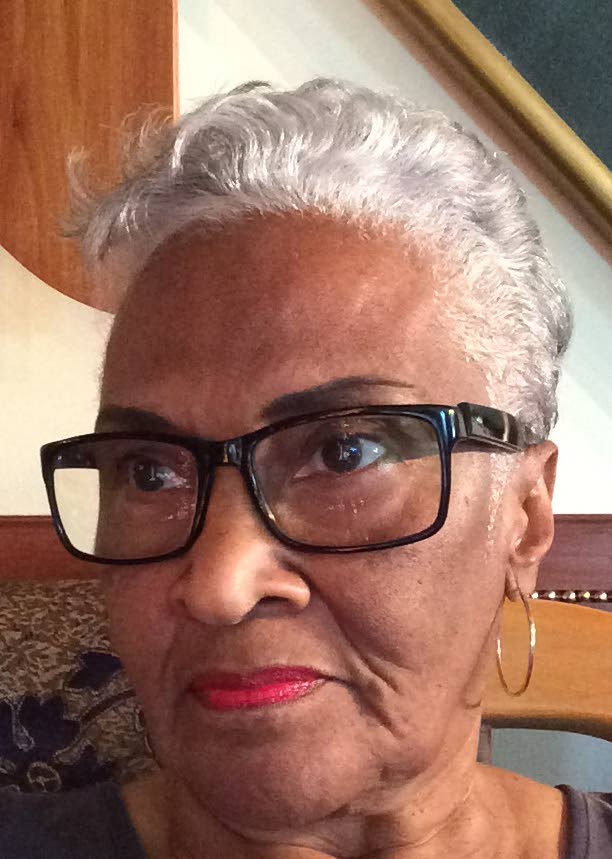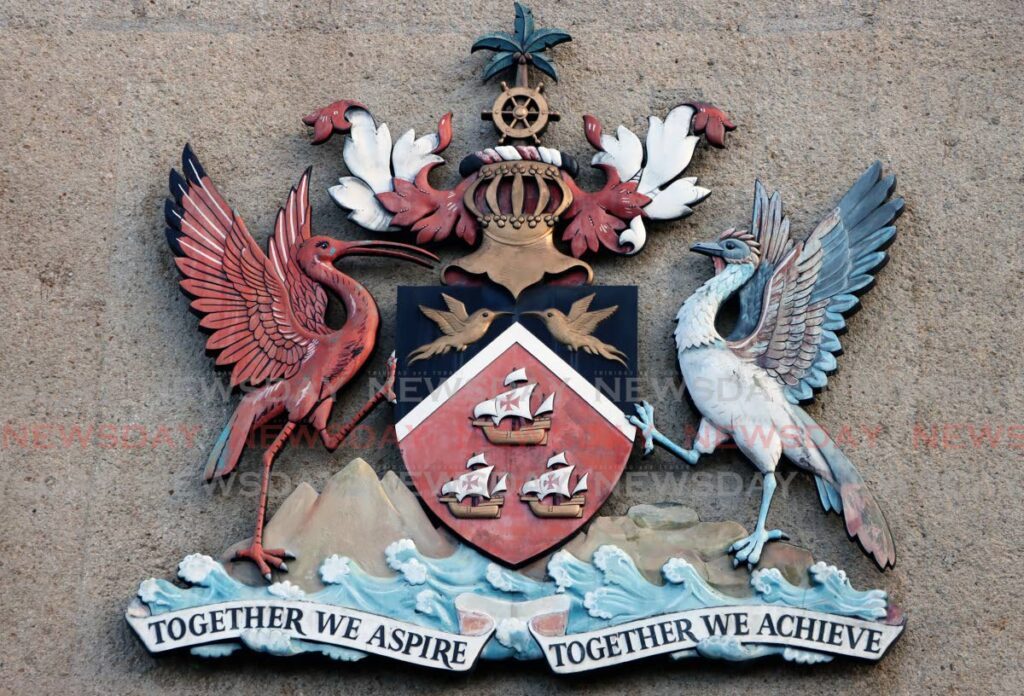Artist Gillian Bishop chosen to draw coat of arms

The Prime Minister said artist Gillian Bishop has been asked to prepare renderings of the coat of arms, from which Parliament will make a final decision. Bishop says she is honoured to have been asked to carry out the task.
Speaking at the post-Cabinet media briefing at Whitehall on Wednesday, Dr Rowley made the statement when asked how the contract would be awarded for the new coat of arms.
“It is not a contract, it is an assignment. We have asked Gillian Bishop, eminent designer and artist, to look at it and give us some renderings, and the Cabinet will choose the final position. I think we’ll need it as quickly as we can get it. I don’t know when she will complete them.
“It will be at a small cost. It won’t be hundreds of millions of dollars.”
Speaking to Newsday by phone on Wednesday, Bishop said as a patriotic Trinidadian, she felt honoured to be asked to do something for her country.
“I feel worried about being asked to fill some very big shoes, the shoes of Carlisle Chang, who was a hero of mine growing up. I find it is a very beautiful coat of arms as it is.
"The task is going to be challenging. The creative process is not something that you can predict. I’ll work on it as far as my skills will allow, and those of whom I consult and work with, I’ll do my best.”
She said the process was further complicated because the changing of the coat of arms had been the subject of speculation and public comment.
“It puts an added pressure on you. What can we do?”

Bishop said she had some experience in creating national awards, as she had designed the Order of the Republic of TT and the Medal for the Development of Women.
“I was part of the committee set up to deal with it, and I was the only artist there, so I took it upon myself to do the design and renderings in consultation with my colleagues. I can’t say it was me alone. I was asked to design the Women’s Medal for the TT Honours, so maybe people know that. It’s something I boast about. But one does what one’s country asks.”
Rowley said there was a committee reviewing the placement of signs, statues, monuments and signage which would continue to work.
He said the change was proposed during Pan Month as a continuation of the good things that had come out of the promotion of pan and was not influenced by the work of the committee.
Rowley said before the topic was brought up, if he asked people on Frederick Street what they thought of Columbus’ sthree ships, 99 per cent would have asked him what he was talking about.
He reminded that before the coat of arms was changed, a process had to be followed which would involve the Attorney General or someone bringing the requisite bills to Parliament to change the legislation.
“Then everyone who represents anybody will have a say or a vote. Maybe on that day the PNM will not win the vote, or PNM members will vote against the bill: we don’t know. If something is being done by the Parliament, how could you decide to label that as party private business?”
He reminded that there would be a transitional period for the old coat of arms to be replaced, and said when people went to get their passports and IDs, they would get the version that was available at the time.
Rowley said to those who were eager to hold on to Columbus’s mark on TT’s history, he recommended they read The History of the Indies by Spanish priest Bartolomé de las Casas.
“Those of you in the media, those of you of African descent, and those of you of East Indian descent, who came here under circumstances less than voluntary in many instances, read the testimony of Bartolomé de las Casas, who was the first priest ordained in the so-called New World, in the Americas.
"Read his description of the behaviour of the Europeans when they met people in these regions, and ask yourself if you could really make a case for any symbolic representation of honour for those people in nations that arose after those inhumane attacks that defiled humanity.”
Rowley said de las Casas was the one who recommended that enslaved people from Africa be brought to the West Indies to replace the natives.
“Ease up on the natives, they are people. If you want people to do the free labour, look for the gold for you, and plant the fields for you, get them from Africa. That was the beginning of slavery.”
Rowley said he approved of the idea of the history of the steelpan being introduced in schools.

Comments
"Artist Gillian Bishop chosen to draw coat of arms"